This 3D model of Hunchback BattleMech consists of files in StereoLithography (.Stl) format that is optimized for 3D printing.
Before printing the files, we strongly recommend reading the PRINTING DETAILS section.
WHAT WILL YOU GET AFTER PURCHASE?
- 2 versions of Hunchback BattleMech STL files for FFF/FDM and DLP/SLA 3D printers — files for all versions are available for download after the purchase;
- STL files of high-poly Hunchback BattleMech model for 3D printing consist of 59 files;
- Sizes for:
- FFF/FDM: 225 mm high, 140 mm wide, 107 mm deep;
- DLP/SLA: 135 mm high, 95 mm wide, 67 mm deep;
- Assembly Manual for 1.0 FFF/FDM and 1.0 DLP/SLA versions in video format and PDF guide for the joints assembly;
- Detailed settings that we provide as a recommendation for Cura, Bambu Studio, Simplify3D, Slic3r and PrusaSlicer for the best print;
- Full technical support from the Gambody Support Team.
Detailed information about these 3D printer files is available in the DESCRIPTION section.
ABOUT THIS 3D MODEL
There are lots of awesome Mechs in the MechWarrior video games series and the Hunchback 3D printer project is inspired by one of them. 50 tons of metal, starshield armor, a huge riffle on a shoulder — Hunchback looks really dangerous. And not only looks so: his technical characteristics and striking power are impressive. The armament of one of the most feared mechs in history is really outstanding: as a main weapon, it uses Tomodzuru Autocannon Mount Type 20, a direct-fire autocannon, which can blow away more than a ton of armor in one moment. It also has two Ichiba 2000 Medium Lasers in his hands and a small optic laser launched in his head.
Hunchback 3D model for printing is a top choice for every MechWarrior fan: featuring authentic design and advanced articulation, this model will bring you an indescribable experience when creating!
ADAPTATION FOR 3D PRINTING
Hunchback 3D printing design is an active assembly model and its moderation and adaptation for different types of 3D printers took the Gambody team 58 hours in total.
For you to receive the cleanest 3D printing result possible, minimize the amount of filament needed for generated support, and make use of the active elements designed by Gambody Engineers, the mech was divided into convenient assembly parts.
All assembly parts in the 1.0 FFF/FDM version are provided in STL files in recommended positions that were worked out in order to ensure the smoothness of the details’ surfaces after printing and that the 3D printing beginners won’t face difficulties when placing the parts on a build plate. We highly recommend that you get acquainted with the “Assembly Video” before getting down to the Hunchback 3D model.
The design is saved in STL files, a format supported by most 3D printers. All STL files for 3D printing have been checked in Netfabb and no errors were shown.
The 3D model’s scale was calculated from the height of the Hunchback which is 13500 mm. The 3D printer design’s chosen scales are 1:60 for the FFF/FDM version, and 1:100 for the DLP/SLA version.
VERSIONS’ SPECIFICATIONS
1.0 FFF/FDM version features:
- Contains 53 parts;
- A printed design is 225 mm high, 140 mm wide, 107 mm deep;
- Rotating torso and articulated hip joints;
- Movable knees;
- Feet are fixed with ball joints;
- Articulated shoulder and elbow mechanisms;
- Compatible with Extra Weapon Kit for Hunchback 3D printer files. The weapon kit is sold separately;
- All parts are divided in such a way that you will print them with the smallest number of support structures.
1.0 DLP/SLA version features:
- Contains 6 parts;
- A printed design is 135 mm high, 95 mm wide, 67 mm deep;
- All parts are divided in such a way to fit the build plates and to ensure that support structures are generated where needed.
You can get the STL files of Hunchback for 3D printing immediately after the purchase! Just click the green Buy button in the top-right corner of the model’s page. You can pay with PayPal or your credit card.
Watch the tutorial on how to assemble the 3D printed Hunchback from the provided 3D print files on Gambody YouTube channel.
Also, you may like BattleMech Male Pilots and other Mech 3D printer designs.
________
FAQ:
Generic
Below you can find printing recommendations for Cura, Bambu Studio, Simplify3D, Slic3r and PrusaSlicer software.
Disclaimer: The following printing settings are a recommendation, not an obligation. The parameters can vary depending on the peculiarities of your 3D printer, the material you use, and especially the particular assembly part you are working with. Each part that any model comprises often needs preliminary review, and you are free to tweak the settings the way you find suitable.
Note:
You can scale up the model (downscaling for FFF/FDM 3D printers is not recommended!);
All connectors should be printed at 100% Infill.
Bambu Lab printing recommendations:
These basic 3D printing settings recommendations for beginners were tested in Bambu Studio 1.9.1. Test models were printed on the Bambu Lab A1, Bambu Lab A1 Mini, Creality Ender 3 S1, Anycubic Kobra 2, and Anycubic Vyper using PLA and PETG filaments.
To avoid printing problems, we recommend the following settings: download
Cura printing recommendations:
These are averaged settings which were tested in the Cura 5.2.1 slicer. Test models were printed on Anycubic Vyper, Creality Ender 3 Pro with PLA filament.
To avoid printing problems, we recommend the following settings: download
Simplify3D printing recommendations:
These are averaged settings which were tested in the Simplify3D 5.0.0 slicer. Test models were printed on Anycubic Vyper, FLSUN v400, Ender3 S1 with PLA filament.
To avoid printing problems, we recommend the following settings: download
Slic3r printing recommendations:
These basic 3D printing settings recommendations for beginners were tested in Slic3r 1.3.0 software. Test models were printed on Ultimaker 2, Creality Ender 3, Creality Cr-10S pro v2, Anycubic I3 Mega, Anycubic I3 MegaS, Anycubic Vyper with PLA and PetG filaments.
To avoid printing problems, we recommend the following settings: download
PrusaSlicer printing recommendations:
These basic 3D printing settings recommendations for beginners were tested in PrusaSlicer 2.3.1. Test models were printed on Ultimaker 2, Creality Ender 3, Creality Cr-10S pro v2, Anycubic I3 Mega, Anycubic I3 MegaS, Anycubic Vyper with PLA and PETG filaments.
To avoid printing problems, we recommend the following settings: download

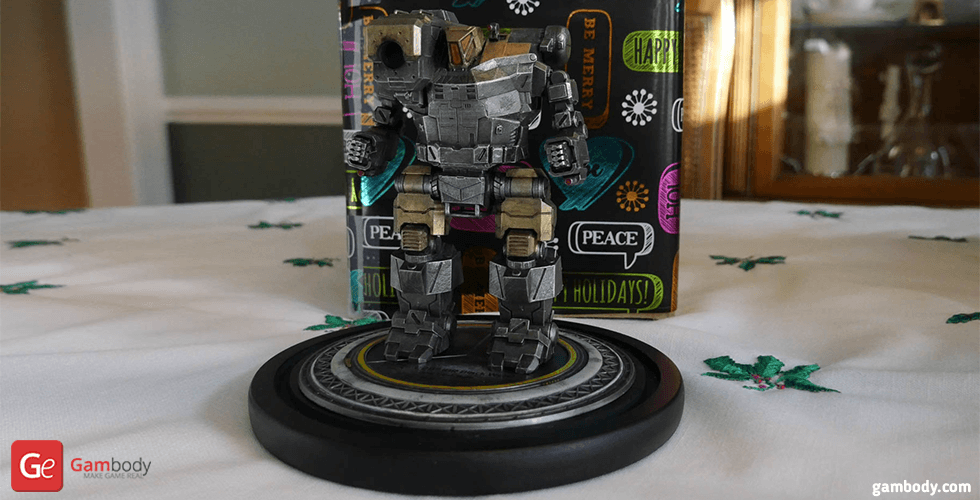
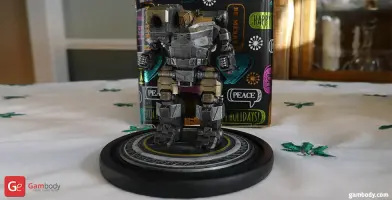
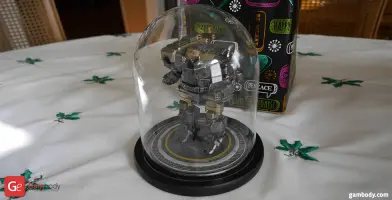
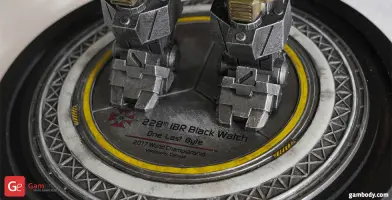
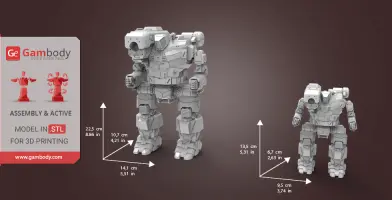
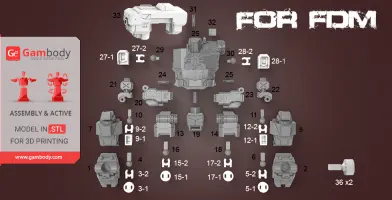
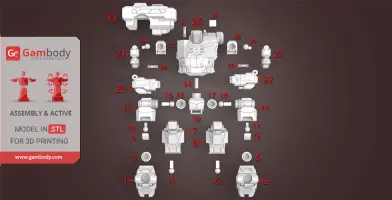
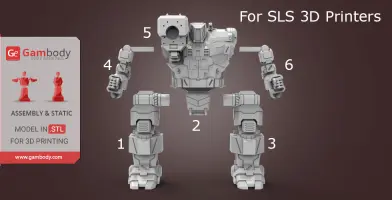
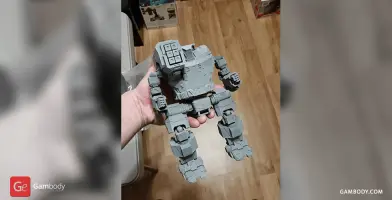
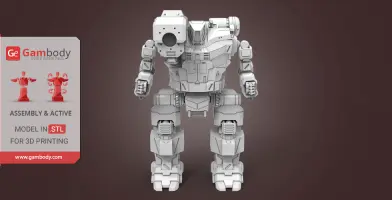
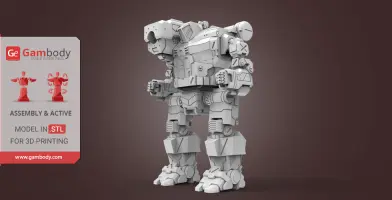
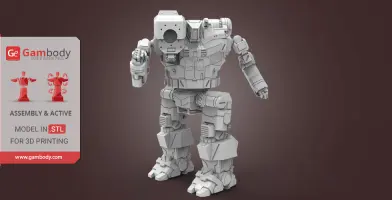
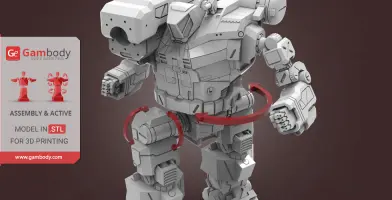
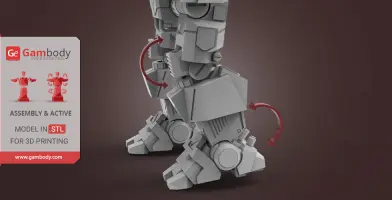
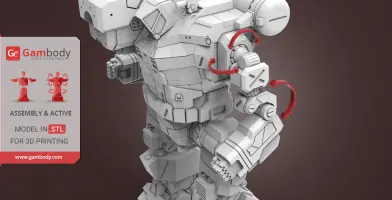
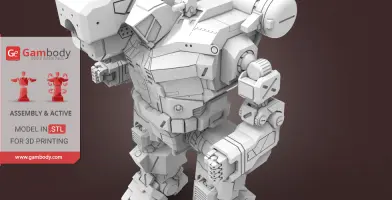
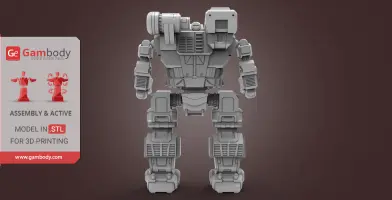
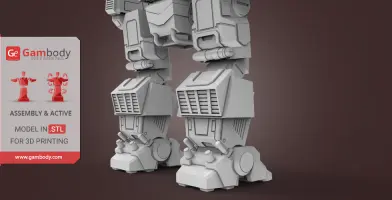
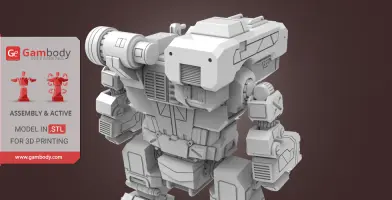
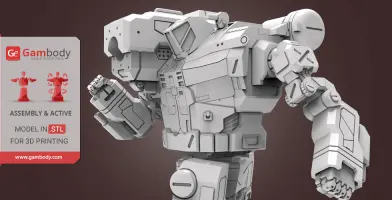
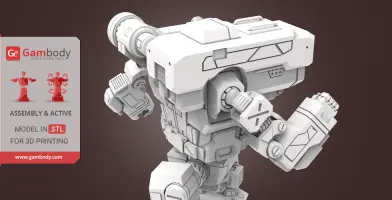
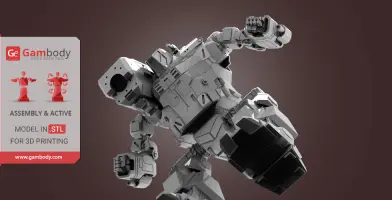
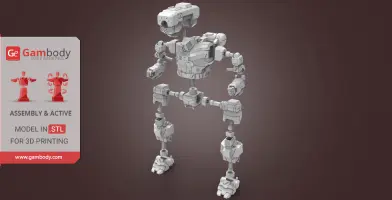
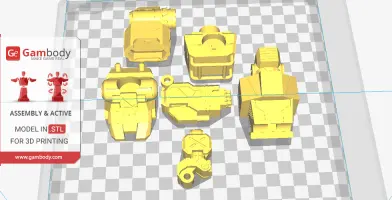
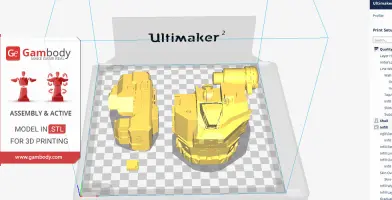
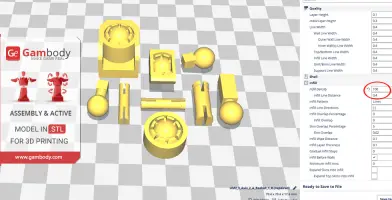


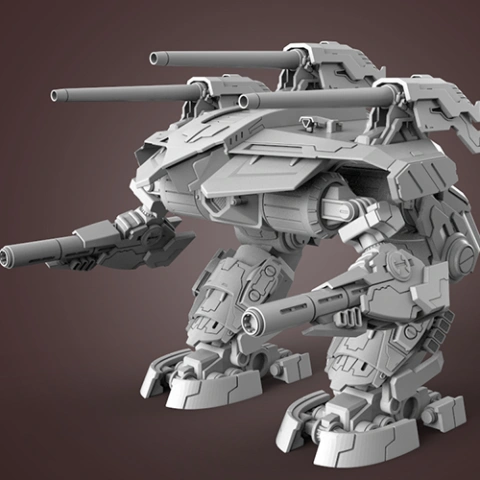
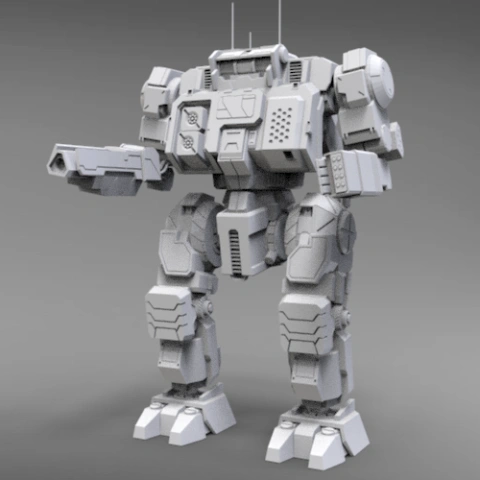
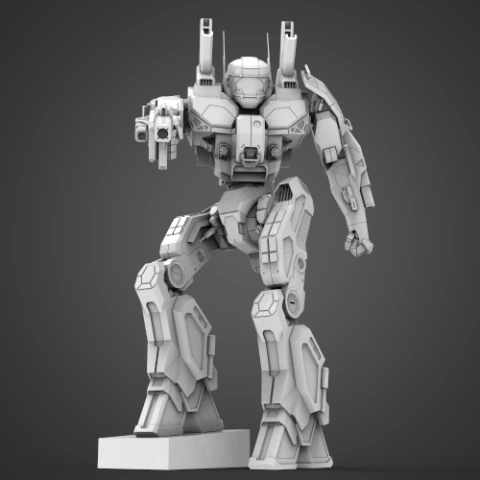
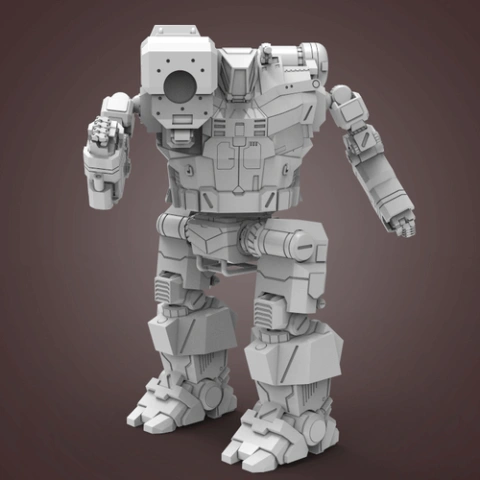
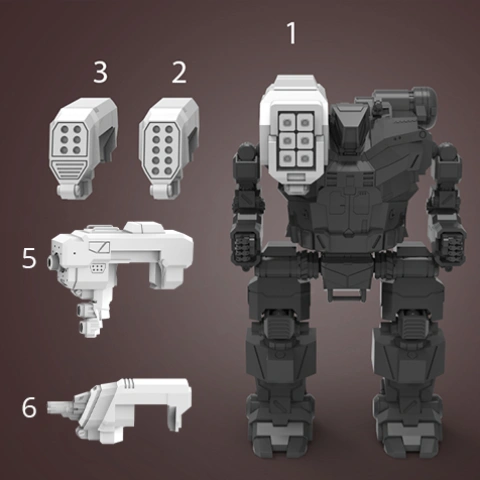
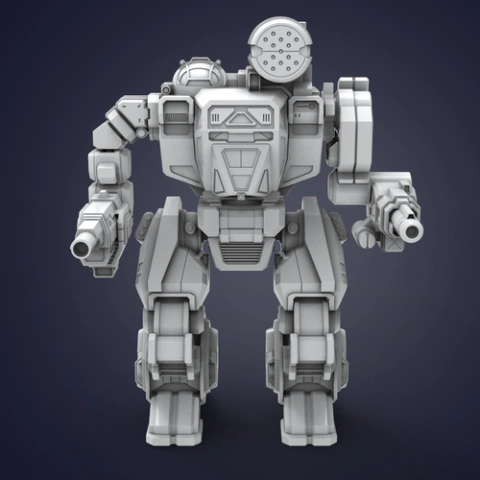
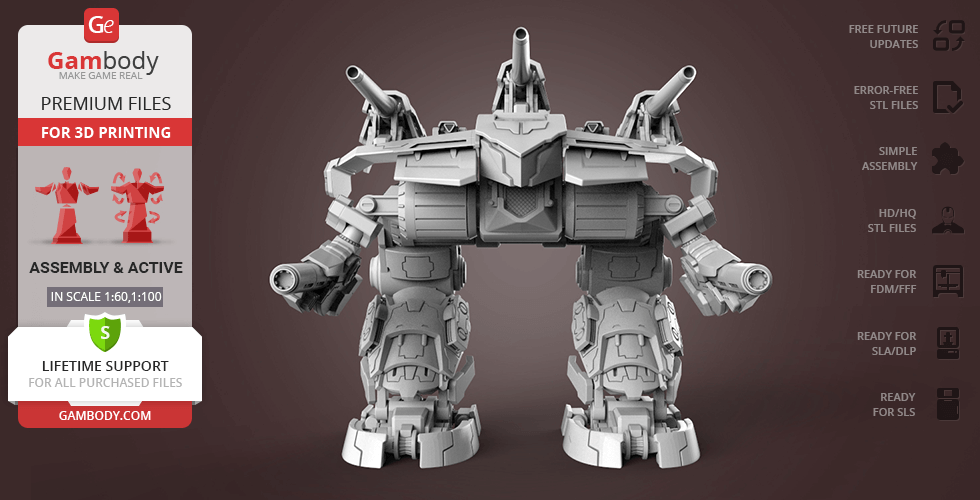
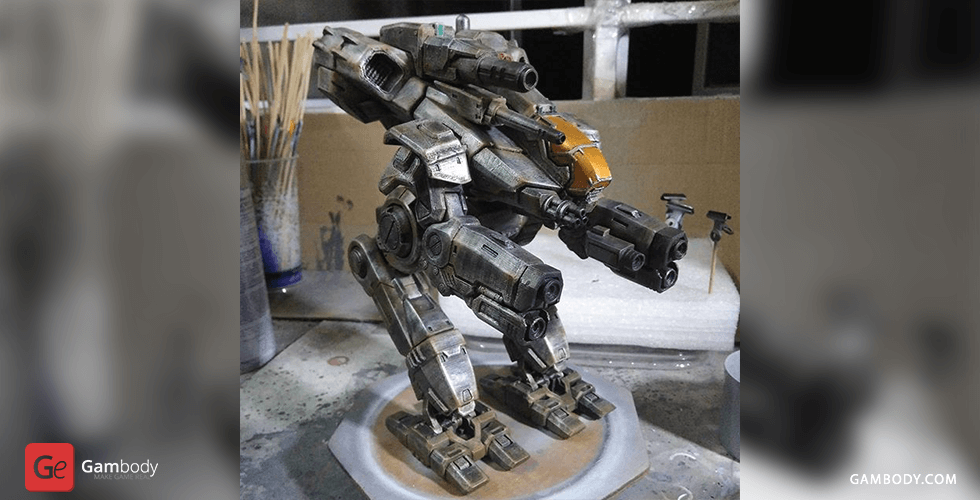
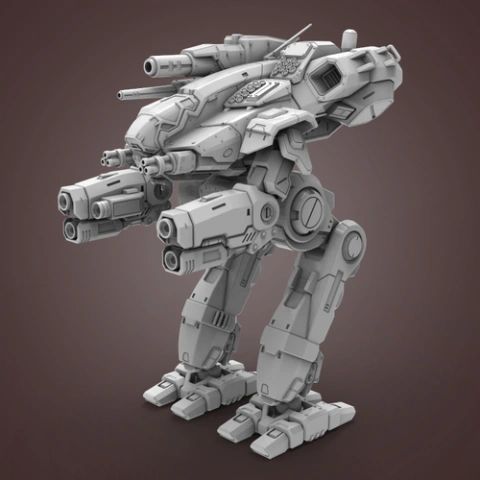
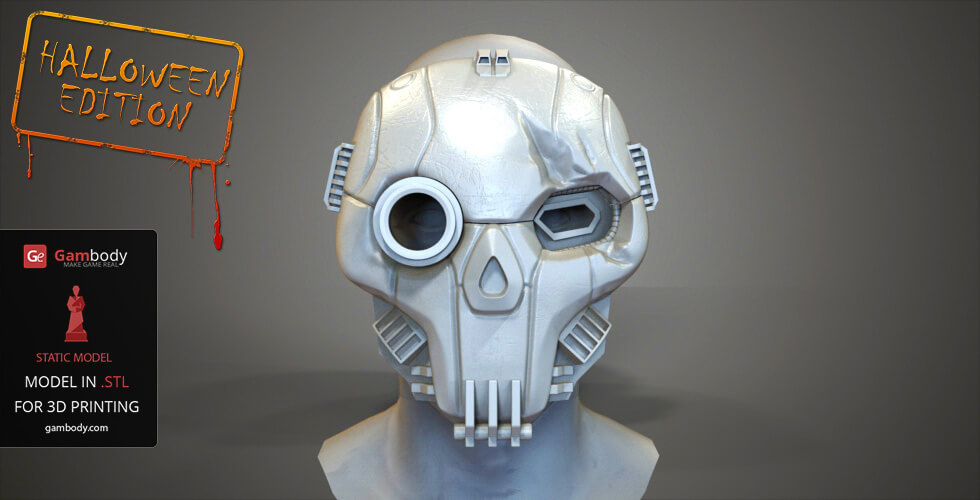
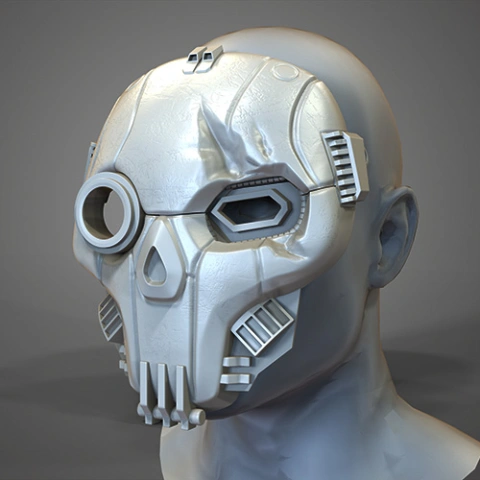
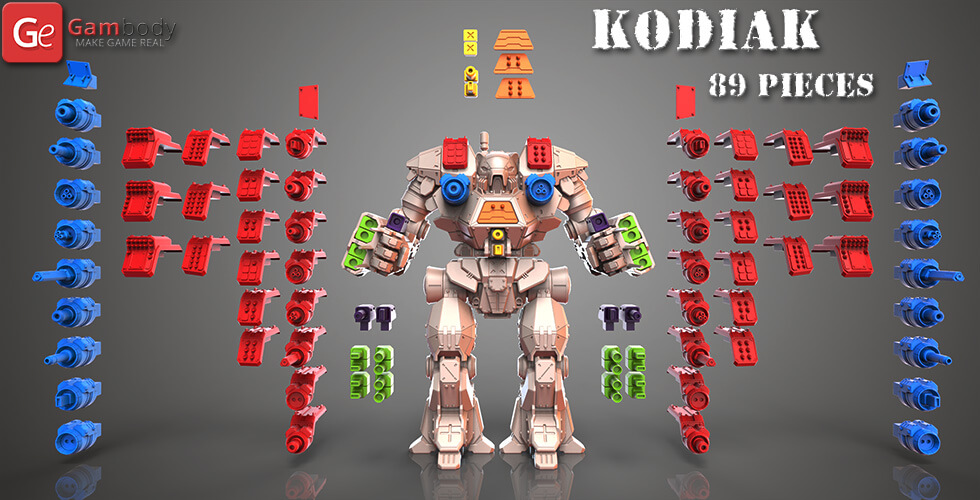
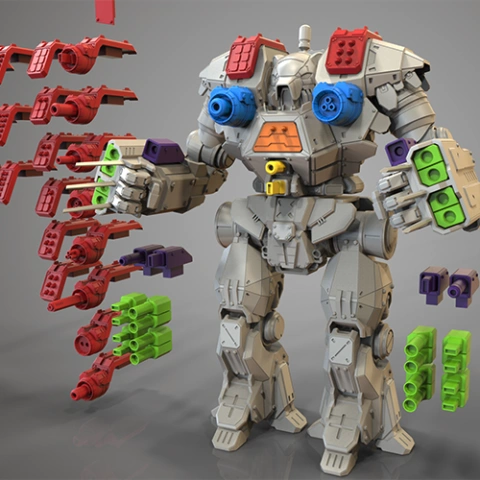
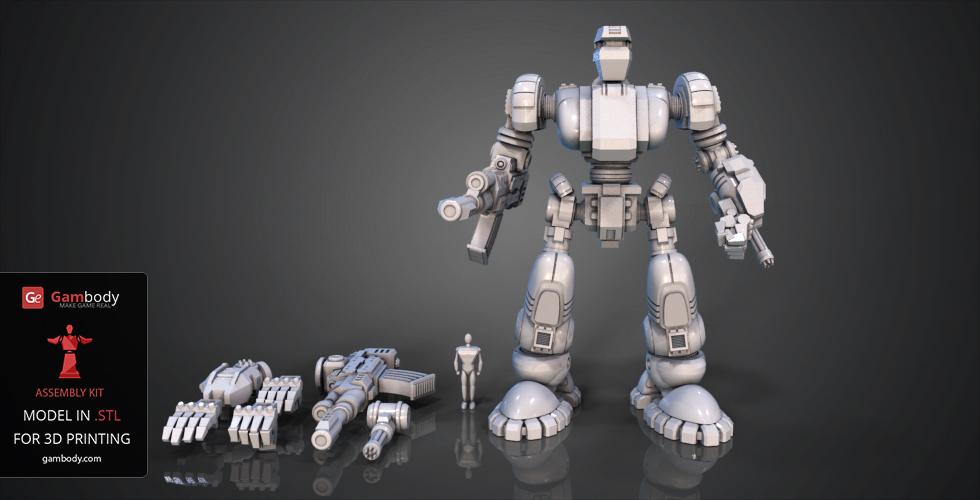
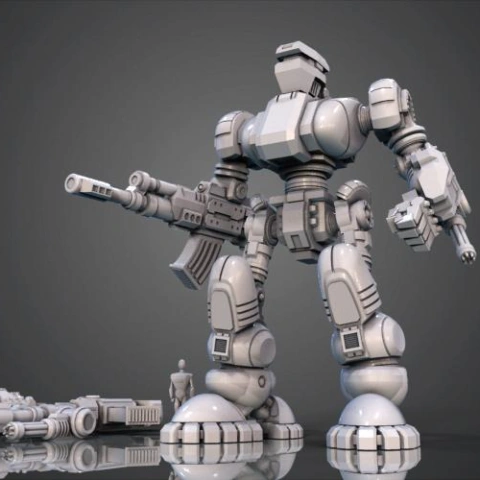
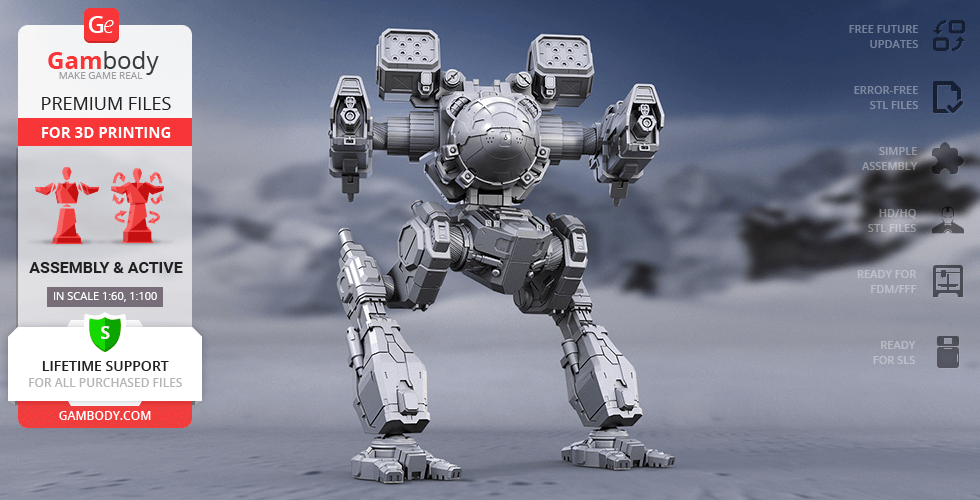
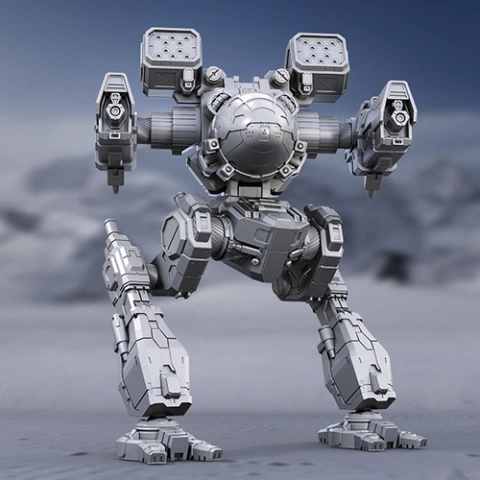
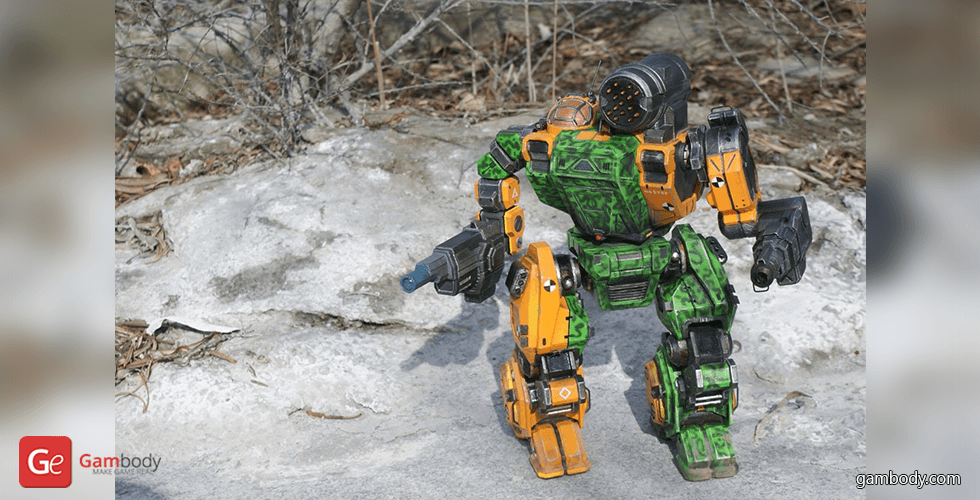
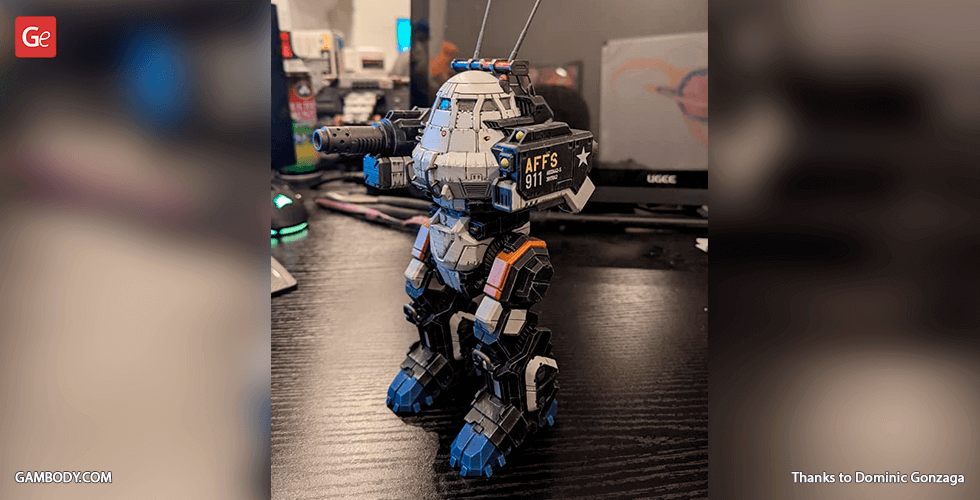
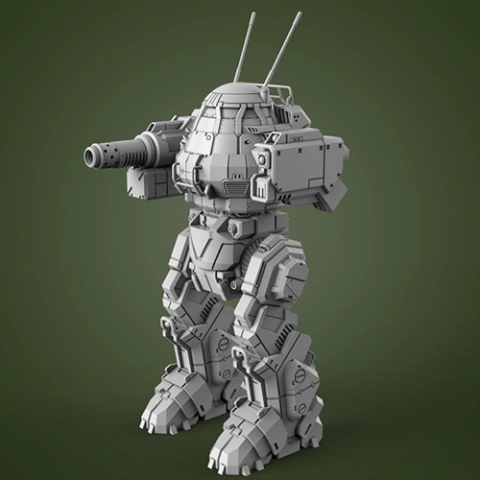
Comments